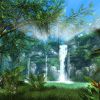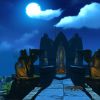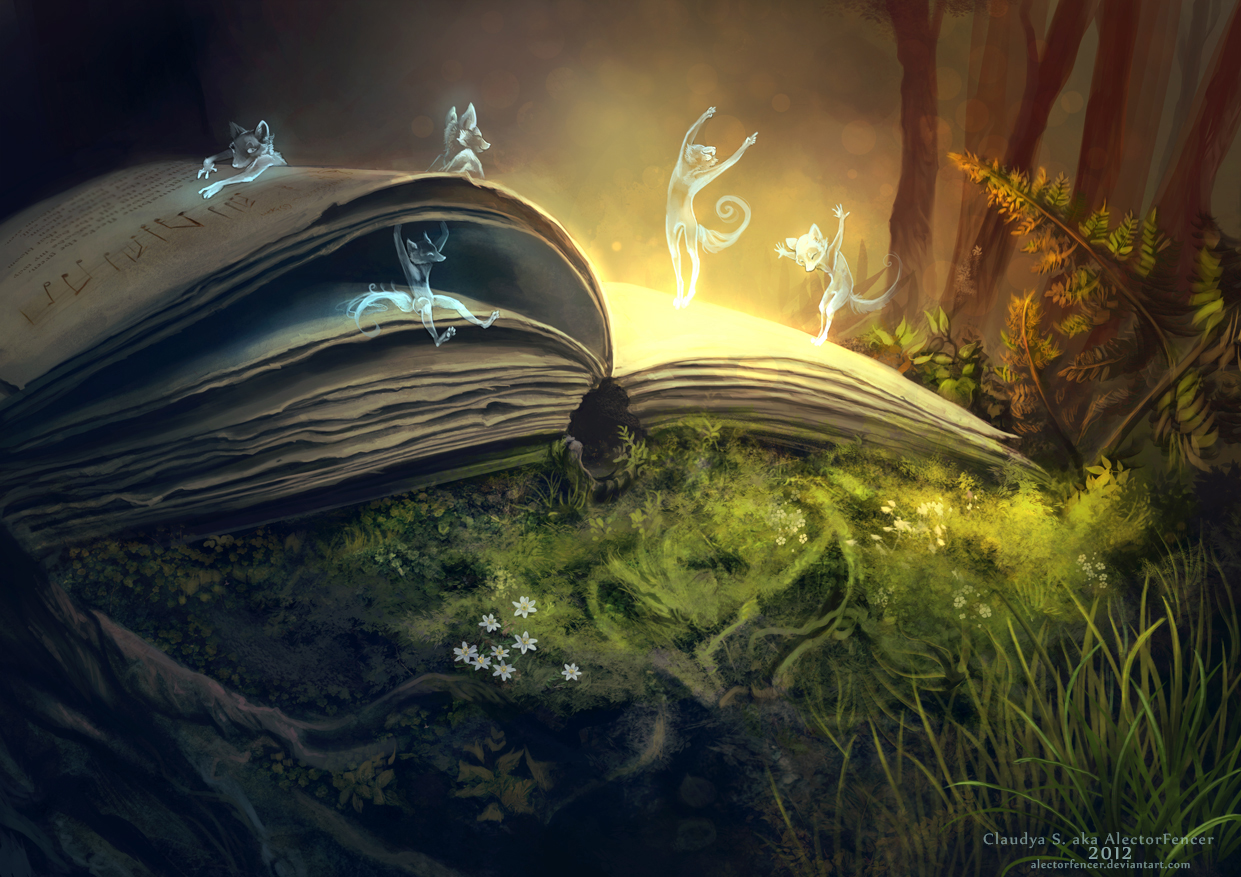 Dreams surely are difficult, confusing, and not everything in them is brought to pass for mankind. For fleeting dreams have two gates: one is fashioned of horn and one of ivory. Those which pass through the one of sawn ivory are deceptive, bringing tidings which come to nought, but those which issue from the one of polished horn bring true results when a mortal sees them.
Dreams surely are difficult, confusing, and not everything in them is brought to pass for mankind. For fleeting dreams have two gates: one is fashioned of horn and one of ivory. Those which pass through the one of sawn ivory are deceptive, bringing tidings which come to nought, but those which issue from the one of polished horn bring true results when a mortal sees them.
Homer, The Odyssey
I was unfortunate enough to study Latin at school, so am fairly familiar with the epic poems of Classical Antiquity. Reopening this chapter through the research for this post did hurt I must admit. But going back to antiquity is a necessity to understand the roots of fantasy. This period featured epic stories where gods ruled the earth and mythical creatures roamed its surface. These tales can’t be ignored. So let’s get to it already!
Classical antiquity covers a span of nearly 1500 years. During that time, civilizations have had time to rise and fall. Thus, a short summary of the particularities of that time period won’t capture the minute details of those civilizations. Nevertheless, we can give a quick overview of the period.
This age saw many wars, tyrants and political struggle. At the same time the foundations of philosophy, architecture, science, poetry, modern society and religion were laid.
A lot of mythical creatures that are now present in modern fantasy and in particular in heroic fantasy are coming from antiquity. Creatures like griffons, dragons, hydra, sirens, harpies, giants (or titans), cyclops, centaurs, minotaurs, gorgons, satyrs, manticore, phoenix, unicorns (they were believed to be real at that time), sphinx or even vampires (there are examples of blood sucking spirits or demons in literature). The list is long and the one above isn’t even exhaustive. Suddenly, it’s starting to get more exciting!
The concerns of writers in antiquity were mostly about understanding the world, its politics and society. Due to the rudimentary scientific knowledge of the time, most people had a vision of the world dominated by gods. Consequently, the epic stories of the time were concerned with conflicts between gods and interaction between them and human beings. Mythical creatures regularly appear in those tales and merge into real events without raising any eyebrow.
 The most famous works that would be considered as fantasy today are the Illiad and the Odyssey by Homer, written during the 8th century BC. The first story relates the war between the Trojans and the besieging Greeks. The Odyssey covers events ten years after the end of the Trojan war. These works depict a world that is ancient Greece and Turkey, with the addition of mythological creatures and gods. They are believed to have been composed in an oral tradition before making it to a written work. Both stories were considered as works of great importance, already in Classical Greece.
The most famous works that would be considered as fantasy today are the Illiad and the Odyssey by Homer, written during the 8th century BC. The first story relates the war between the Trojans and the besieging Greeks. The Odyssey covers events ten years after the end of the Trojan war. These works depict a world that is ancient Greece and Turkey, with the addition of mythological creatures and gods. They are believed to have been composed in an oral tradition before making it to a written work. Both stories were considered as works of great importance, already in Classical Greece.
They are not the oldest works of “fantasy” however, as the Epic of Gilgamesh takes the prize. Written 2000 years BC, it features gods, spirits and monsters and is often regarded as the first great work of literature.
In summary, Classical Antiquity brought a database of mythical creatures that will be reused in fantasy many years later. The intervention of gods were frequent in stories, a pretty common feature in modern fantasy. However, during antiquity, stories that are viewed as fantasy nowadays were regarded as mostly realistic. In that sense Illiad and the Odyssey, by depicting historical events, relate to the historical fantasy genre that came over two millennia later.
Although many texts from antiquity have probably been lost, it is worth noting that not a lot of “fantasy” works were produced during that period.







Please share your comments